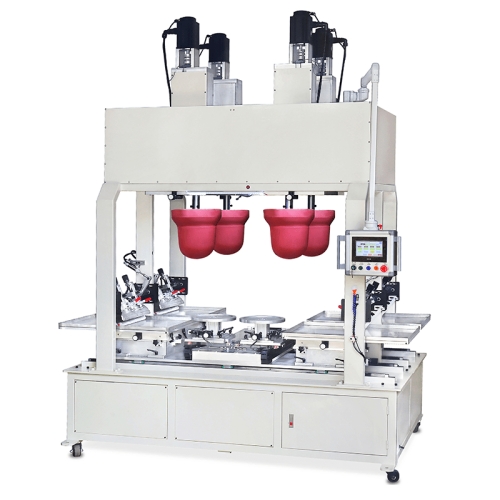Jun 17, 2025
Pad printing is a highly versatile printing method used to apply ink-based images onto three-dimensional objects, particularly those with curved, textured, or irregular surfaces. It plays a vital role in industries that demand precision and flexibility in product marking, such as electronics, medical equipment, toys, automotive components, and consumer packaging.
At the core of the process is a silicone pad that picks up ink from an etched printing plate (commonly called a cliché) and transfers it onto the surface of the product. The elasticity of the silicone pad allows it to conform to various shapes, making pad printing ideal for applications that other printing technologies—such as screen printing or digital printing—may struggle with.
Pad printing machines are used in a wide range of applications. Common examples include printing logos on mobile phone buttons, calibrations on medical syringes, markings on industrial switches, or decorations on cosmetic bottle caps. Their ability to maintain high resolution on small, contoured, or delicate items makes them indispensable in modern manufacturing lines.
For more complex applications that require multi-color designs, a Six Color Pad Printing Machine offers significant advantages. These machines allow six separate pads to operate either simultaneously or in sequence, ensuring accurate registration between colors. This is particularly important for products such as branding emblems or decorative graphics on promotional items. The integrated controls and programmable workflows in such systems enhance productivity while reducing human error.
One industry that benefits greatly from pad printing technology is the toy manufacturing sector. Toys often feature colorful designs and safety symbols that must be printed clearly on non-flat surfaces like balls, figurines, or puzzle pieces. An Automatic Pad Printer for Toys is built with high-precision feeding, alignment, and transfer systems to ensure consistent and gentle handling of plastic parts, often using low-pressure printing heads and optimized silicone pads tailored to the shape of the toy components. This ensures child-safe and visually appealing finishes at industrial scale.
Automation also contributes to operational efficiency. Many modern systems are equipped with servo motors, programmable logic controllers (PLCs), and human-machine interfaces (HMIs), which allow for rapid changeovers between product runs and fine control over print parameters. This minimizes downtime and boosts output for high-volume manufacturers.
In high-throughput settings, printing speed and station coordination are critical. A Rotary Table Pad Printer Machine is designed to maximize output by enabling multiple printing stations to operate in a continuous loop. As the table rotates, parts are automatically indexed into position beneath each printing head, allowing multiple colors or applications (e.g., pretreatment, printing, curing) to occur simultaneously.
This configuration is ideal for medium to large production runs of parts such as bottle caps, pen barrels, or small electronic housings. It significantly reduces manual handling and aligns well with automated loading and unloading systems, further streamlining the manufacturing process.
Pad printing has established itself as a reliable and efficient solution for printing on irregular and complex surfaces across multiple industries. As technology advances, modern machines are becoming more intelligent, automated, and tailored to specific production needs. Whether applied to high-speed manufacturing or intricate product detailing, pad printing continues to deliver consistent performance, adaptability, and high-quality results in today’s competitive manufacturing environment.
Read More
